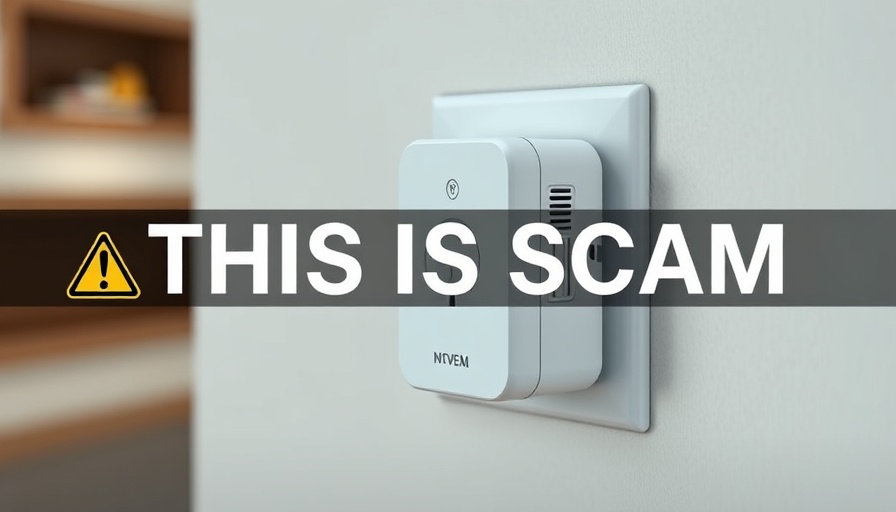
Exposing the Dark Side of Amazon Shopping
Unfortunately, the e-commerce giant Amazon, while providing countless opportunities for consumers, also harbors a dark side where scams and fraudulent tactics have become increasingly sophisticated. Individuals looking for the best deals might fall prey to misleading reviews and counterfeit products, often without even realizing it. Let’s delve into some common scams proliferating on Amazon and how to protect yourself.
In 'How I Got Scammed on Amazon (And You Might Too)', the discussion dives into prevalent scams affecting Amazon shoppers, prompting us to analyze key insights that help consumers protect themselves.
The Case of the Fake Reviews
Many consumers may assume that a high number of positive reviews signifies a quality product. However, upon closer inspection, the truth can be quite different. In a recent investigation that began with a search for Wi-Fi extenders, alarming patterns emerged. Many products reflected impressive ratings and thousands of sales, yet their credibility was highly questionable.
By analyzing the reviews, a discerning shopper can uncover several red flags. For instance, suspicious accounts that provide overly positive feedback across various products tend to indicate bots or paid reviewers. One such observation was how some reviews were excessively positive — almost too good to be true — raising concerns about authenticity.
Identifying Potential Scams
So, how can you shield yourself from falling victim to these fraudulent tactics? Here are a few tips:
- Analyze Review Patterns: Look for reviewers who have only given five-star ratings on multiple products; this is often a strong indicator of a fake or incentivized review.
- Check Seller Information: Be wary of sellers with unrecognizable business names or lacking detailed backgrounds. A reputable seller should provide clear information about their company.
- Utilize Review Analysis Tools: Tools such as Fakespot can help assess the legitimacy of product reviews, but always couple this with your own judgment.
Understanding Drop Shipping Algorithms
Drop shipping has gained prominence, allowing sellers to bypass traditional inventory methods. While this business model can provide legitimate opportunities, it can also be exploited by unscrupulous merchants. Sellers might list products with enticing prices and inflated ratings, often sourcing them from factories in China while neglecting consumer trust.
Products tend to have inflated claims, including exaggerated performance characteristics, which commonly mislead consumers into believing they are purchasing high-quality merchandise. In reality, low-quality manufacturing is often the norm.
How to Ensure Authentic Purchases
To enhance your shopping experience, consider purchasing known brands with established reputations. While it may tempt you to buy cheaper alternatives, it is essential to prioritize quality and reliability. Explore products recognized in the industry, and when reviewing options, focus on comprehensive, balanced feedback from verified buyers.
Future Predictions of E-commerce Integrity
Looking ahead, Amazon and similar e-commerce platforms must take robust measures to combat these fraudulent activities. Technologies like enhanced algorithms capable of detecting manipulation patterns or integrating more transparent seller verification processes will be critical. In doing so, they could maintain consumer trust and safeguard the shopping experience.
As consumers, staying informed is crucial. Awareness of these tactics can significantly influence our purchasing decisions and encourage more responsible buying practices. Remember, if something seems too good to be true, it likely is!
For more insights on how to navigate the evolving e-commerce landscape, stay connected and arm yourself with knowledge to ensure you have the most secure and informed shopping experience.
 Add Row
Add Row  Add
Add 



Write A Comment